From Violence to Mobilization: Women, War, and Threat in Rwanda*
Theories of social movement emergence posit “threat” as an important concept in explanations of mobilization. This article uses the case of the 1994 Rwandan genocide to investigate whether threats that stem from mass violence can also have a mobilizing effect. Drawing from interviews with 152 women in Rwanda, I reveal how threatening conditions created by the genocide and civil war initiated a grassroots mobilization process among women. This mobilization featured women founding and joining community organizations, engaging in new forms of claims making toward state institutions, and eventually running for political office. Two mechanisms facilitated this process: the social appropriation of feminine values for the reconceptualization of women as legitimate political actors, and the brokerage of connections between individual women, organizations, and government institutions by foreign actors. I conclude by suggesting that this mobilization served as a necessary, but not sufficient, condition for the meteoric rise of women in Rwanda's politics.
Contributor Notes
*I would like to thank the three anonymous reviewers and Rory McVeigh for their detailed and thoughtful comments on earlier drafts of this article, as well as Andreas Wimmer, Ed Walker, Michael Mann, Abigail Saguy, Doug McAdam, Sid Tarrow, Laura Mann, Susan Watkins, Hollie Nyseth Brehm, Pamela Prickett, Zeynep Ozgen, Matt Baltz, Molly Jacobs, and Josh Sadlier for their advice and guidance on this article and broader project as it developed. This research was supported by grants from the UCLA International Institute and the UCLA Center for the Study of Women.
†Marie E. Berry is a Ph.D. candidate in the Department of Sociology at the University of California, Los Angeles. Please direct all correspondence to the author at marieberry@ucla.edu.

